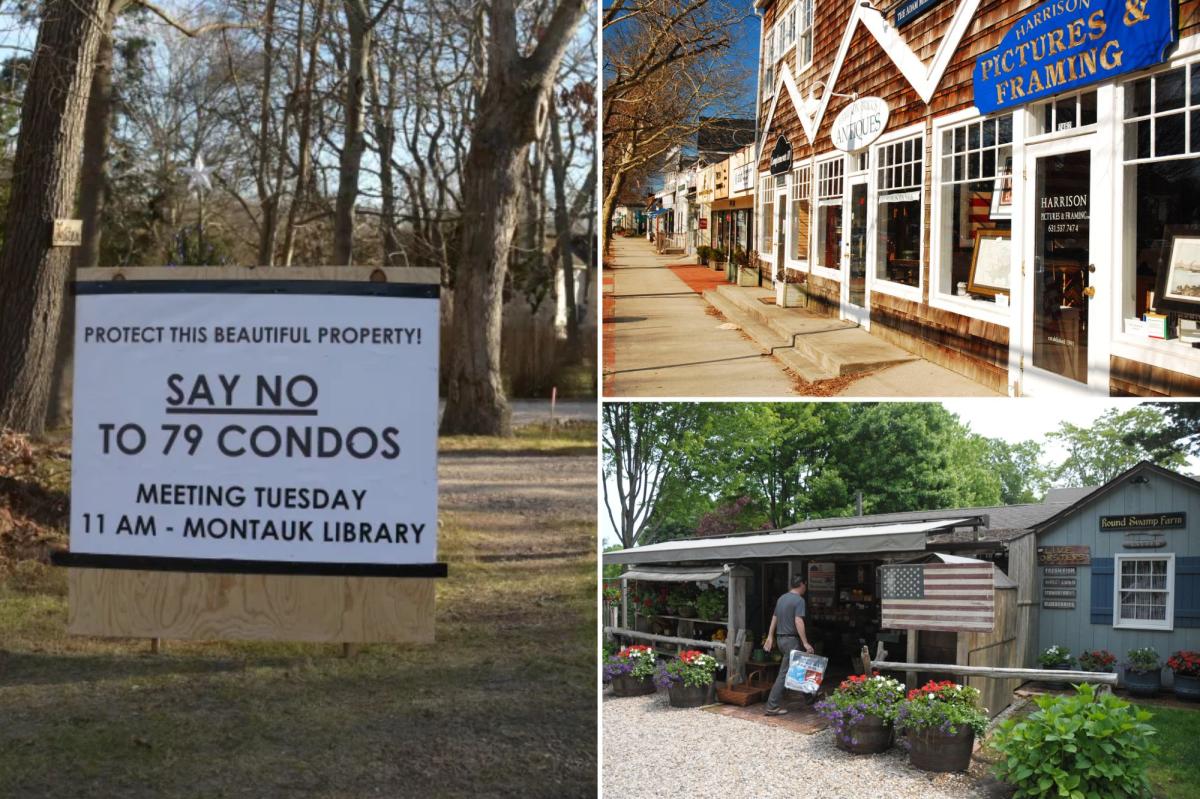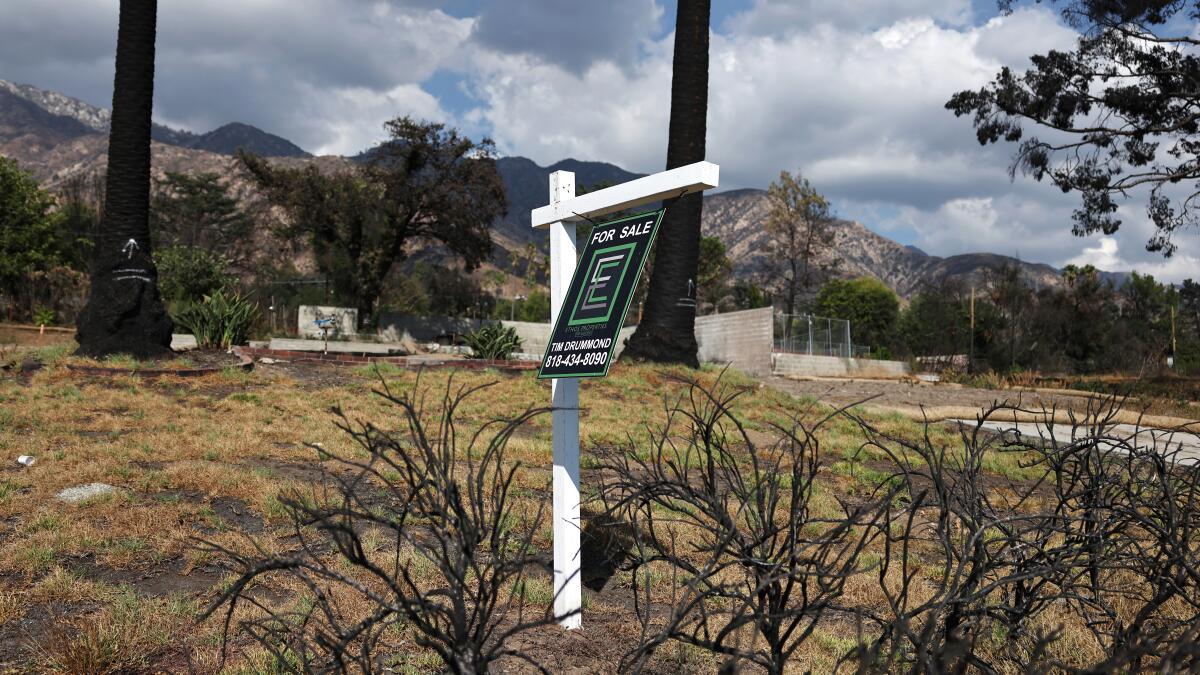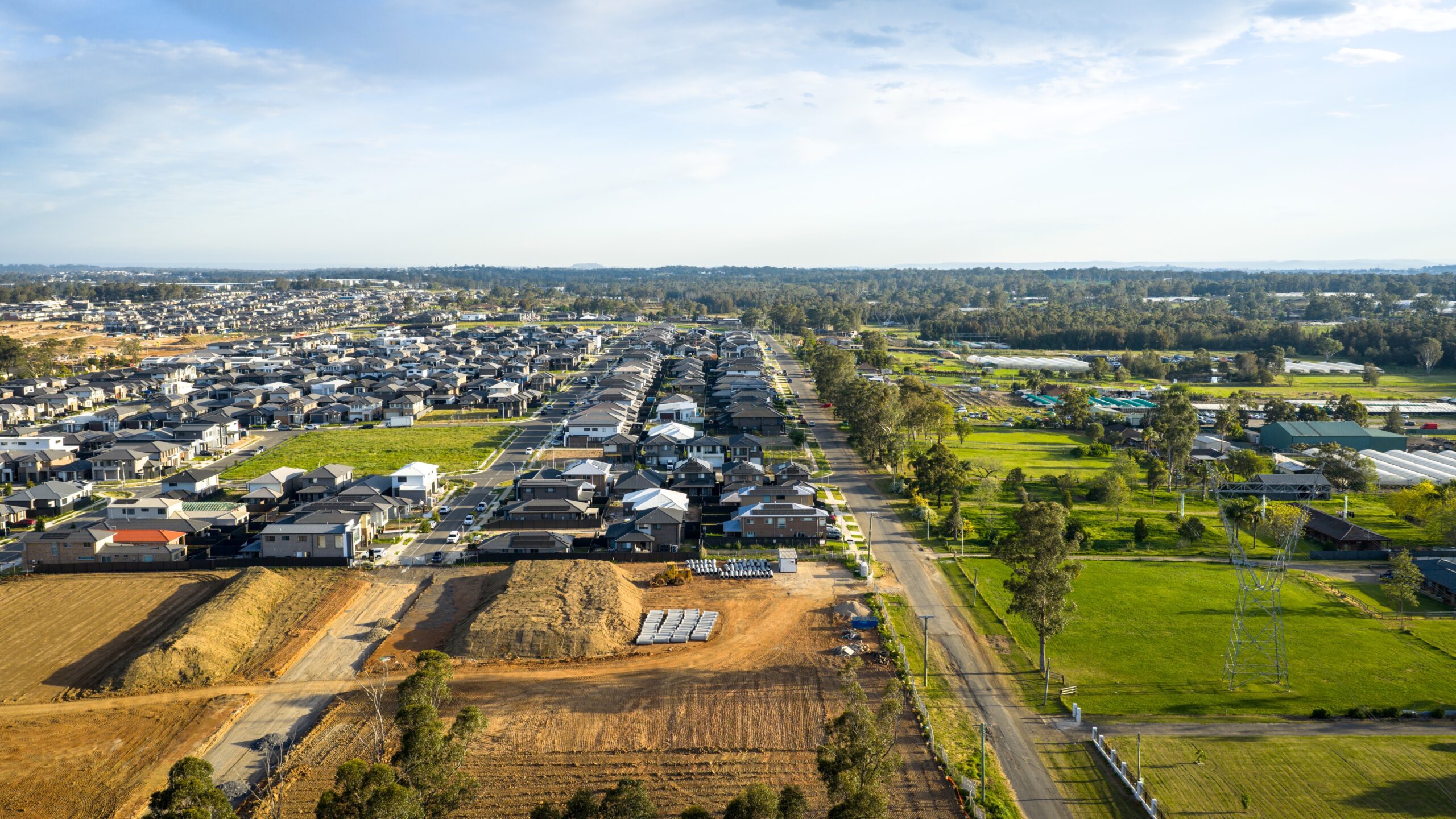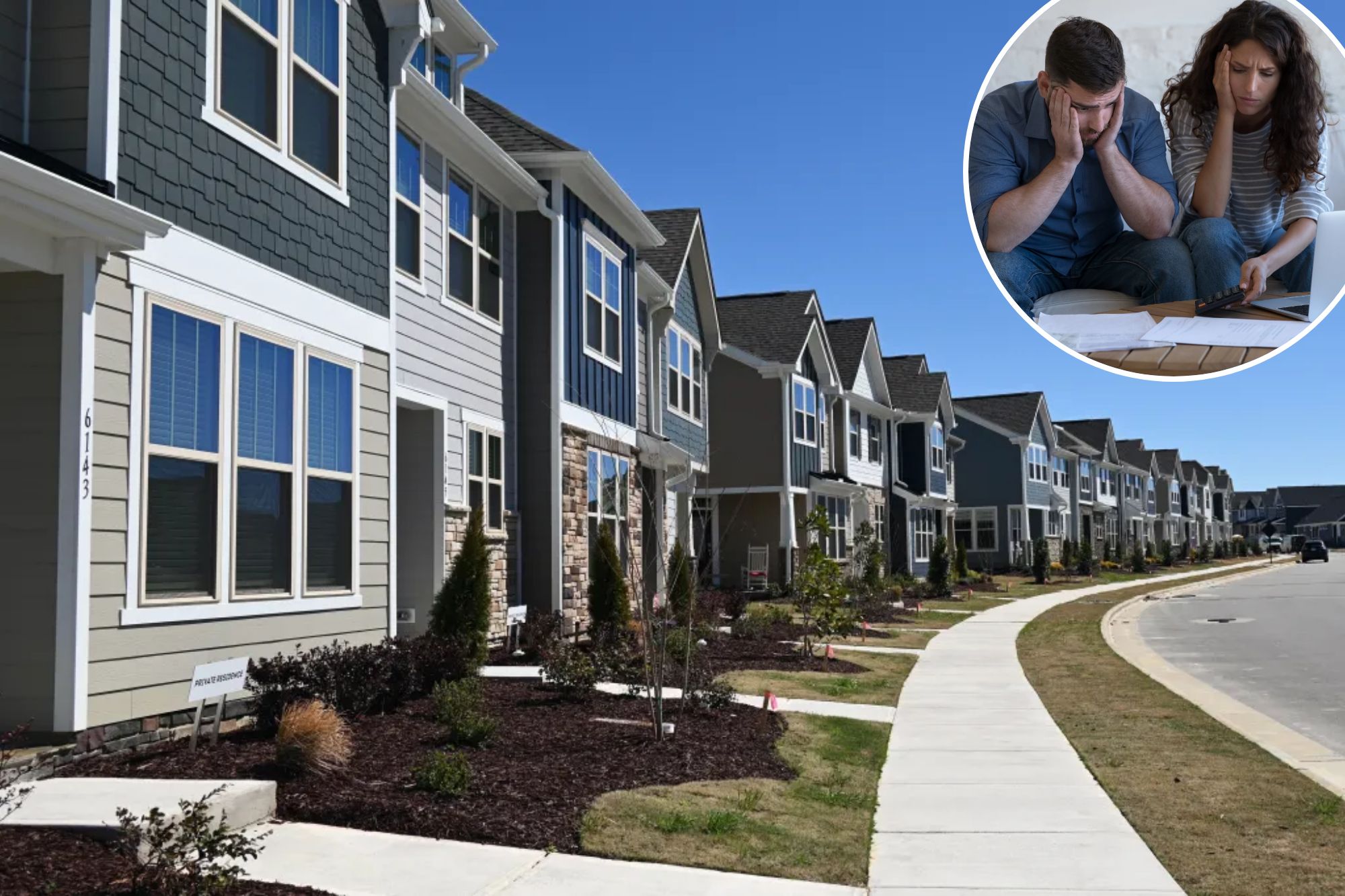A
ustralia's real estate market has become a key frontier for global investment, with Goldman Sachs' recent moves underscoring its growing significance. The firm's appointment of Samuel Green as managing director for its Sydney-based real estate investing team marks a strategic shift in alternative asset allocation, capitalizing on Australia's evolving market dynamics and regional opportunities.
Australia's real estate sector has undergone a transformation in 2025, with the national average house price surpassing $1 million. Urban centers like Sydney, Melbourne, and Brisbane remain dominant, driven by population growth, infrastructure projects, and high demand for high-density living. However, regional markets such as Brisbane and Perth are gaining traction, fueled by affordability and migration shifts.
Despite challenges like construction delays and labor shortages, Goldman Sachs is positioning itself to capitalize on the market's opportunities. Green's expertise in private equity, hybrid, and credit strategies across real assets aligns with the firm's focus on alternative allocations, particularly in a market where demand for non-traditional assets is surging.
Goldman's approach under Green centers on three pillars: equity investments, credit opportunities, and regional market diversification. The firm is targeting high-growth sectors such as industrial real estate, multifamily housing, and office and retail, where bifurcation is creating pockets of value. Regional markets like Queensland and Western Australia are emerging as key opportunities, driven by resource-driven economies and government incentives for regional migration.
The broader implications of Goldman's expansion in Australia reflect a shift in global capital toward alternative assets. The firm's alternatives business is increasingly allocating to real estate and credit markets in Asia-Pacific, where regulatory clarity, infrastructure spending, and demographic trends create a favorable environment.
For investors, the Australian real estate market presents a mix of caution and opportunity. Prioritizing industrial and multifamily sectors, leveraging credit opportunities, and diversifying into regional markets are key actionable insights. Goldman's strategic pivot under Green ensures it is primed to lead the charge in Australia's evolving real estate market.
Goldman Sachs' expansion in Australia reflects a broader shift in global capital toward alternative assets. The firm's 2025 Asset Management Outlook highlights that lower interest rates and improved supply-demand dynamics will drive real estate transaction activity, particularly in sectors like industrial and multifamily housing. For Goldman, Green's leadership is critical to navigating these dynamics while mitigating risks such as construction delays and market saturation.
Investors should focus on assets with operational flexibility and proximity to infrastructure projects, leverage credit opportunities in office and retail sectors, and diversify into regional markets like Brisbane, Perth, and Darwin. These areas offer long-term growth potential, particularly for investors with a 5–10 year horizon.
Goldman Sachs' strategic real estate expansion in Australia is a testament to the country's evolving market dynamics and the growing appeal of alternative assets. As the firm deepens its equity and credit investing platform, it is positioning itself to capitalize on a market where demand outstrips supply, infrastructure spending accelerates, and regional opportunities diversify.















